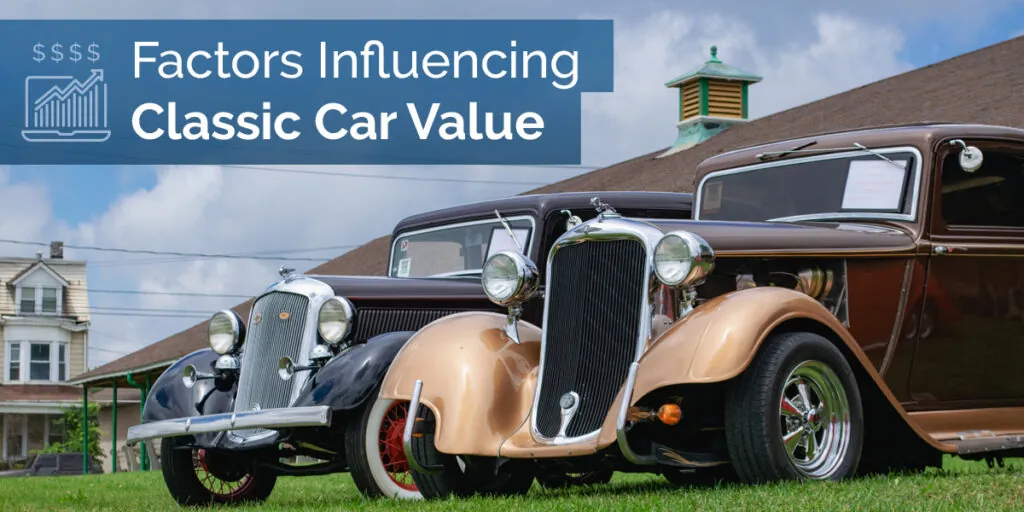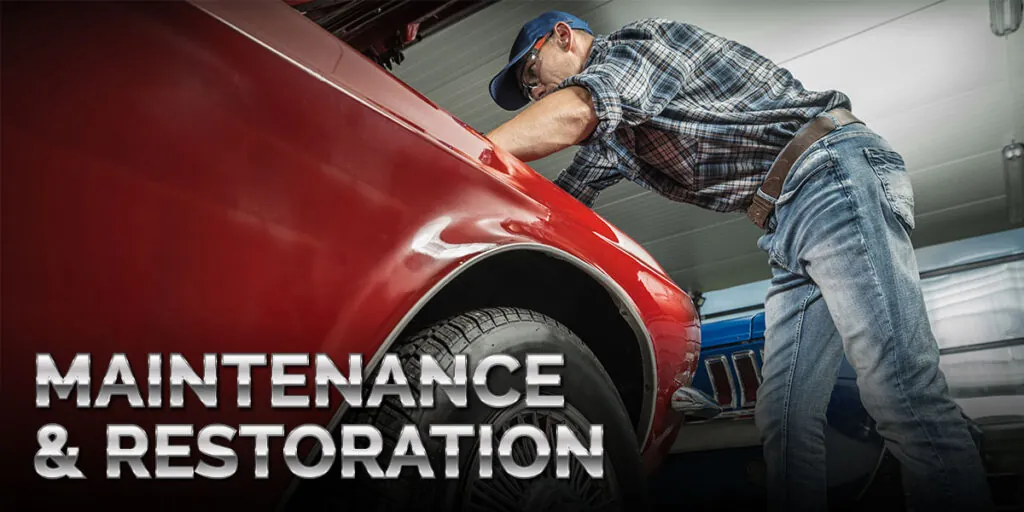How to Get Antique License Plates For Your Classic Car and Their Requirements
If you’re new to classic car ownership, chances are you’re a bit befuddled by classic or antique license plates. Are they just for looks? Do they cost extra? Do they impose restrictions on how and where you drive the car? Are they worth the time and effort?
When it comes to vehicle registration, and antique/classic plates in particular, almost no two states are exactly alike. However, the rewards are often worth the effort, ranging from having a plate that matches the period for your classic car to being exempt from registration and license fees.
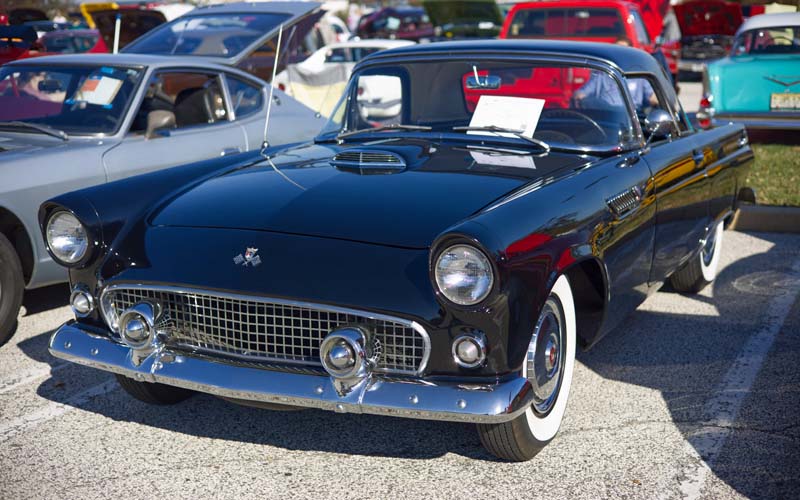
Will My Car Qualify for Antique Plates?
In most states, there are two primary criteria for antique or collector plate eligibility. The first is the age of the car, and the second is how you intend to use it. For instance, Ohio’s law, a concise and reasonable example of such rules, states: “…any motor vehicle that is more than 25 years old and that is owned solely as a collector’s item and for participation in club activities, exhibitions, tours, parades, and similar uses. A historical motor vehicle shall not be used for general transportation but may be operated on the public roads and highways to and from a location where maintenance is performed on the vehicle.”
On one end of the spectrum, a few states allow cars as young as 20 years old to qualify. Arkansas is on the other far end as the state just redefined “antique vehicle” as a vehicle that is at least 45years old! There are also several states with “horseless carriage” plates and are restricted (approximately) to Brass Era vehicles. There are a few exceptions to the rules, as detailed below, but generally you will not be able to qualify for antique plates if you only own one vehicle or if you use your classic car as your daily driver. In some states, such as Virginia, you will be required to demonstrate ownership of a “normal” vehicle to the DMV at time of application.
A few states are even more restrictive and require that you be in active transit to a collector car event. Would a “show-and-shine” at the local diner qualify? Usually. It should be noted, however, that there is very little evidence out there to suggest that the proper usage of collector plate cars is aggressively policed, and especially away from coastal regions. If you can drive with the flow of traffic in a safe and legal fashion, you are much less likely to have an interaction with law enforcement where your tag is questioned.
In some jurisdictions, the condition of the car will be as important as the model year, so make sure your classic is in the best possible condition if your DMV requires an in-person inspection. This won’t be a concours-level white-glove affair, but rather an attempt to discourage people who want to skip an annual registration fee on a buy-here-pay-here rust-heap from 1998.
So, why is there a restriction on how you use a classic car? In emissions-conscious areas, it can be about protecting the environment from vehicles made long before catalytic converters or modern emissions standards. However, it’s also because the states are not eager to see widespread abuse of the lower fees and taxes that are often associated with antique plates.
What Are the Benefits?
In recognition of the fact that classic cars tend to be occasional-use vehicles and are not driven a lot on public roads, many states reduce or even waive the annual registration fees for vehicles with antique plates. Some states also retain the stamped-metal technique for their antique plates, which is more aesthetically appropriate for older vehicles. They are almost always simpler looking, often a plain black on white design. If you live in a state where the normal license plates are a riot of contrasting colors, this can be a genuine relief.
Some states permit a collector plate to be transferred with the car, but that does notmean the same for its registration. So when you buy a previously-plated car you will still need to go to the DMV and change the registration to reflect your ownership.
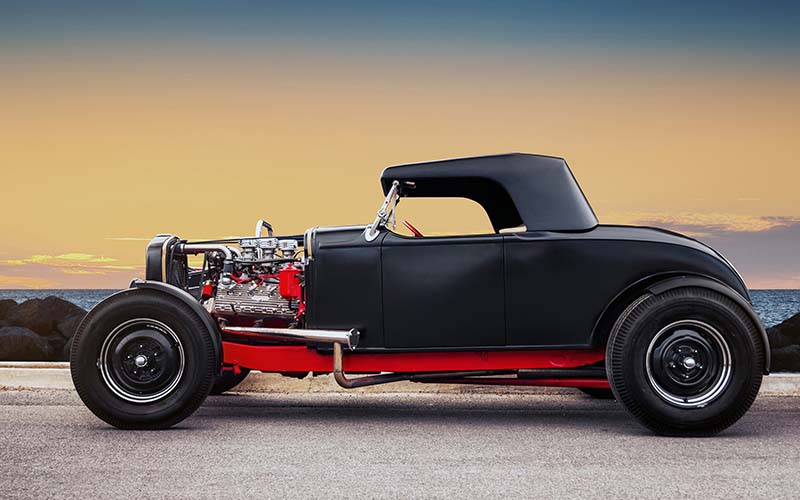
YOM, Street Rod, and Other Specialty Plates
Many states offer “Year of Manufacture” (YOM) antique license plates that correspond with the model year of a classic car. California and a few other states manufacture plates to look like what would have been on the car in period. But you’ll want to be especiallyattentive to detail when you register for these plates; most of them require a registration sticker that precisely correlates with the car. In other words, you can’t transfer the plate from a 1974 Cutlass back to a 1972 model, and you can’t run a 1972 registration sticker on a 1968 model year car.
“Street Rod” plates are sometimes available for Hot Rods that have been extensively modified and don’t look like a traditionally restored classic car. Pennsylvania’s law-defining “street rod” is a good example: “A motor vehicle, or a reproduction thereof, with a model year of 1948 or older, which has been materially altered or modified by the removal, addition or substitution of essential parts and with a gross weight or registered gross weight of not more than 9,000 pounds.” These plates don’t always exempt you from annual registration fees; they are meant to help prevent a ticket from “unauthorized equipment” on an outrageous-looking custom car of a certain era.
“Collector” plates are granted in some cases for vehicles that are exceptionally rare and/or special, regardless of age. Rather confusingly, the definition of “collector” plates in a few states is basically the same as “antique” elsewhere; when those states offer a collector plate, it is often labeled “special interest.”
Retired military vehicles are eligible for their own plates in about half of the country. So if you have a Willys, “Deuce-and-a-Half,” or HMMV, you may want to go through that registration process, which may save you a roadside conversation or two with law enforcement.
– Stay on Top of Your Perishables
Many older classics, particularly prewar and classic British cars, have perishable wear components. The Ford Model T, as an example, originally used “Scandinavian” cotton drum liners for the transmission. Today, many owners exchange that for Kevlar – but if you’re keeping it original, then you’re going to be responsible for the condition and lifespan of those perishable bands. There’s a surprising amount of leather, wood, cotton, and canvas in older cars. Make sure you know where it is, what it does, and how to check its condition.
Think you’re out of danger because you drive a “young-timer” or newer classic? That might not be the case. Not only is there still a lot of rubber in newer cars, there’s always a unique opportunity for trouble. For example, some W140-generation Mercedes S-Class cars featured a biodegradable wiring harness to help the environment after the car was junked. Turns out they bio-degrade just a little faster than everyone thought!
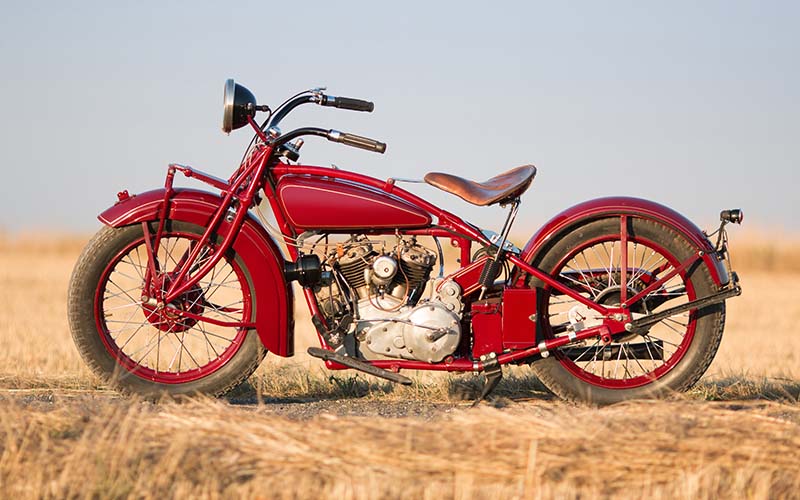
What About Antique Motorcycle License Plates?
Antique motorcycle plates are not as commonly offered as antique automobile plates. Where they are, the requirements tend to parallel those for automobiles. Experience suggests that if you own a collector-eligible Superbike it’s worth your time to store or carry a copy of the registration on your person. Most police officers have a general sense of the difference between a 1998 Mustang and the newest model, but a 1998 Yamaha R1, which would be vintage-eligible in a couple dozen states, looks remarkably like a 2023 Yamaha R1 to anyone not intimately familiar with motorcycle history.
Can I Apply for Antique Plates Online?
Most states continue to require an in-person interaction for recently purchased antique, classic, and collector cars, usually including a VIN and odometer verification. If you buy from a dealer, of course, they may be able to perform that service on your behalf.
If, on the other hand, you have a vehicle that is currently registered on standard plates, you may be able to change the registration to antique plates during your annual online renewal process. Other states, such as Virginia, have a detailed application process meant to deter casual or inappropriate usage of antique plates; in those cases, you will have to abandon the online process and visit your local DMV, even though you already own, and have already registered, the car in question.
Every state that allows online renewal of normal plates also allows online renewal of antique plates, if and where they are subject to annual renewal.
Other Reasons Why It’s Worth It
There are more reasons to choose an antique or collector plate besides just “looking right” and saving a few bucks on registration. Your insurance company may be more willing to issue a classic policy on an appropriately registered vehicle. But keep in mind that the eligibility requirements of a specialty collector car company may be stricter then what the DMV’s requirements are for getting an Antique plate. Every once in a while, you may run into a municipality that waives parking fees at meters for classic and antique cars.
One important reason, however, is that by registering and driving your antique, classic, or collector car with the appropriate collector plate, you are providing tangible proof to fellow motorists that classic car ownership is a thriving, vital, and important part of what is called “mobility” nowadays. You are providing support to the people and institutions that fight for collector car interests and preservation.

